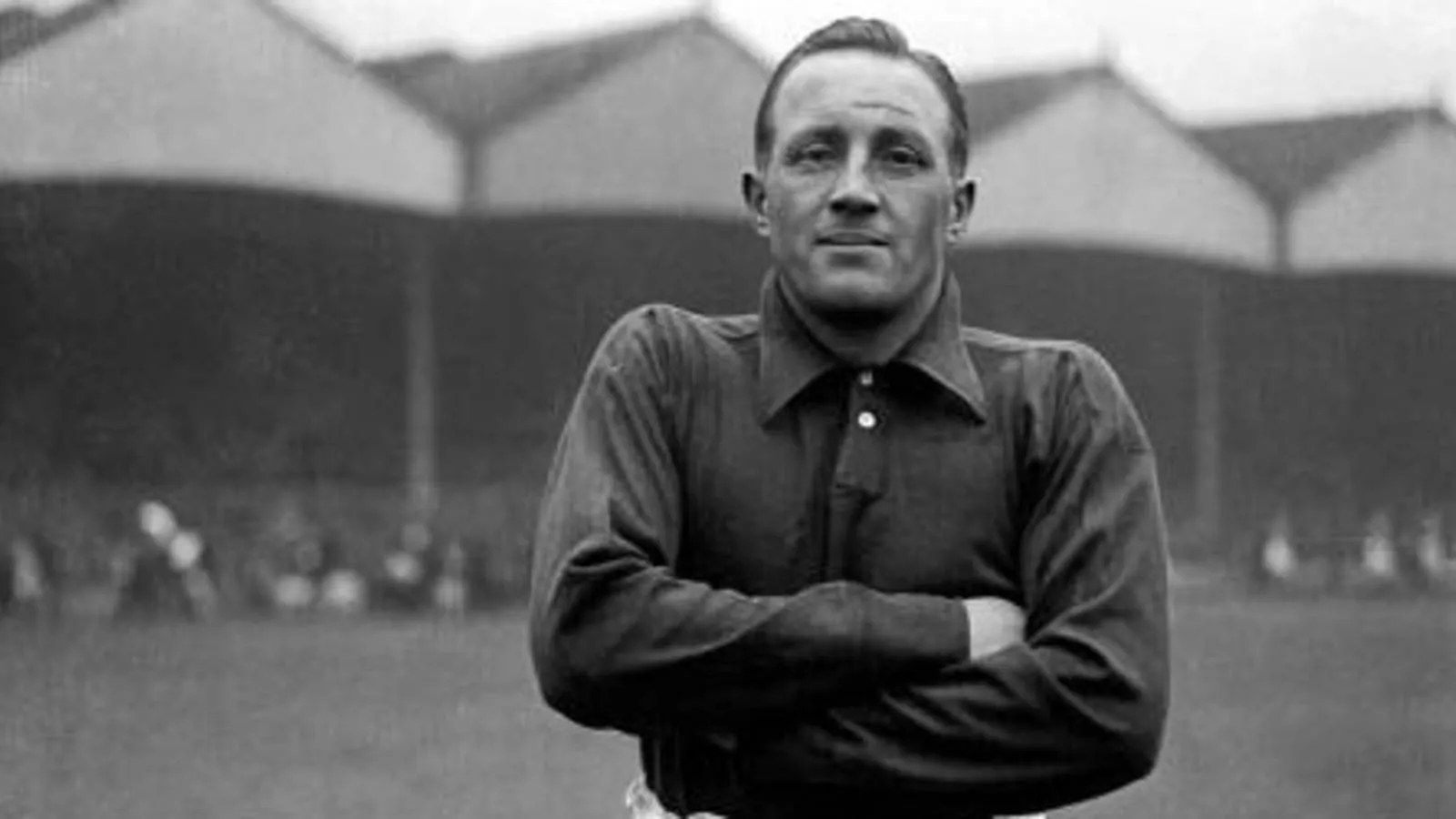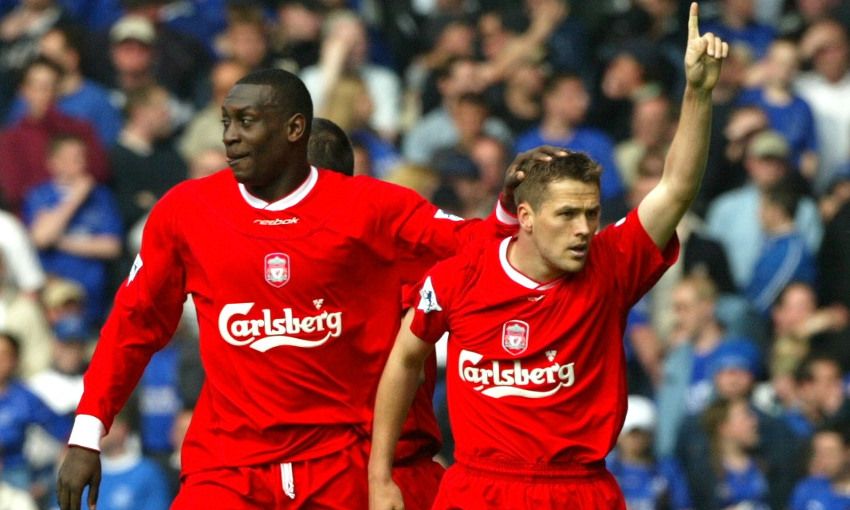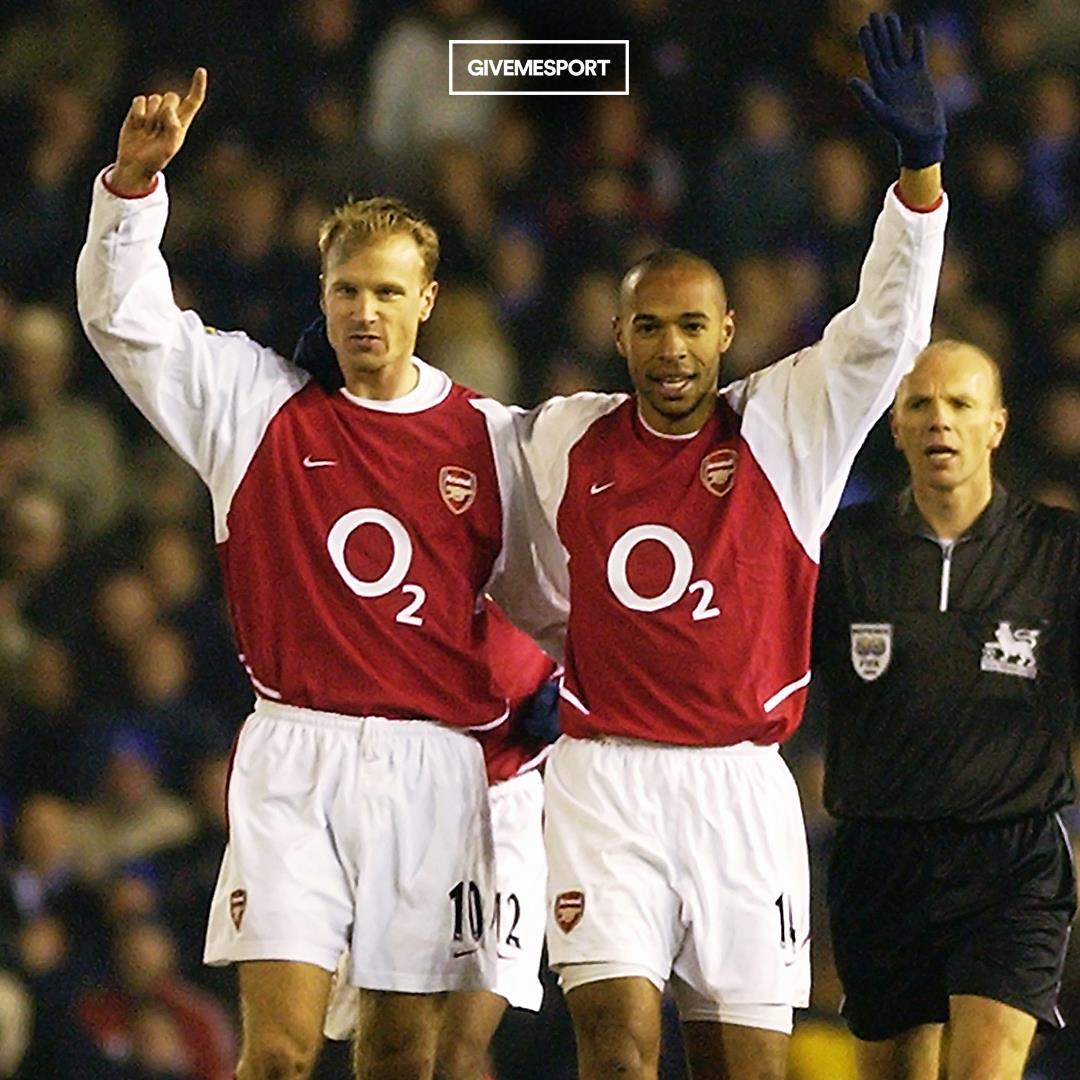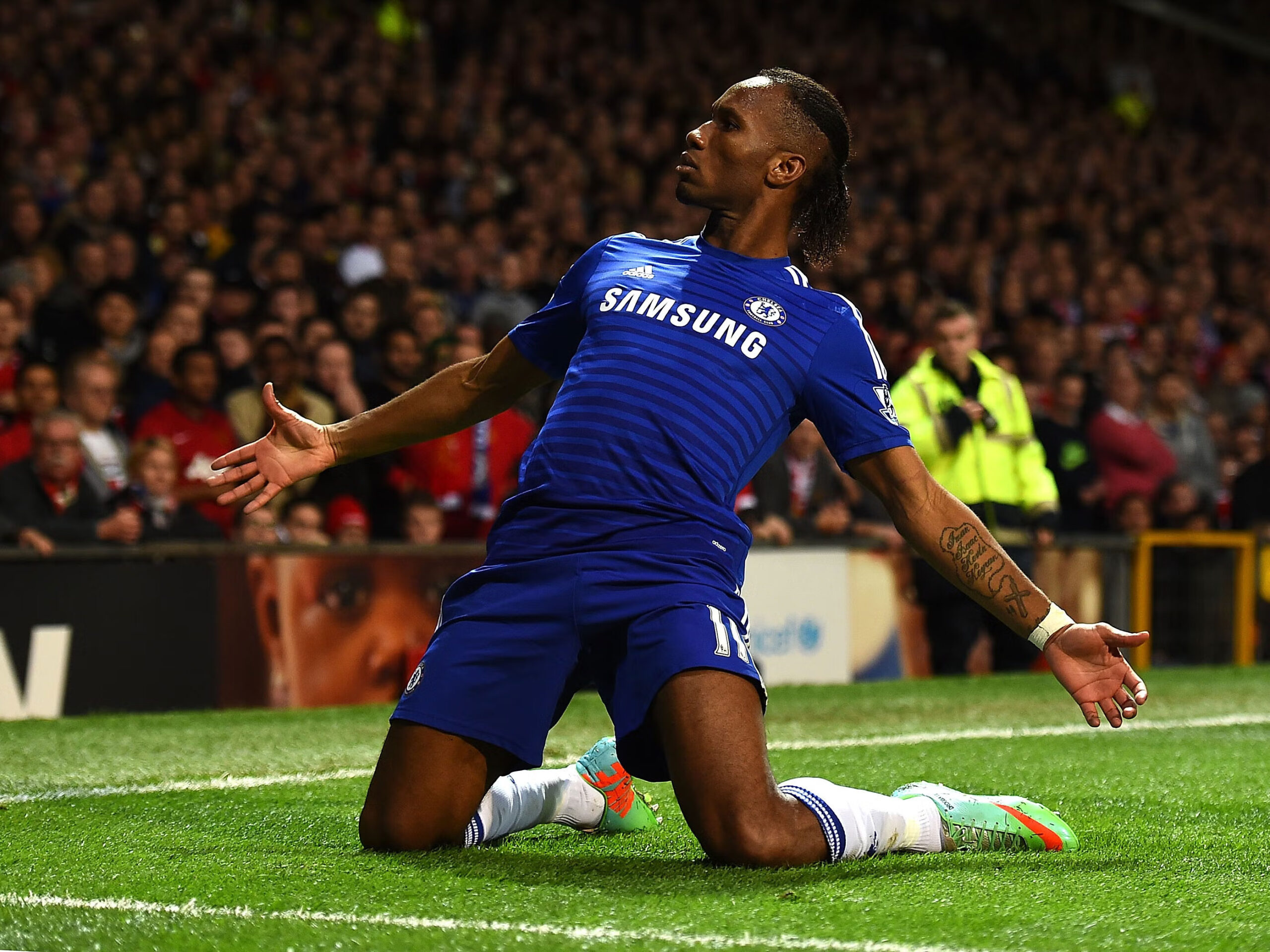Don’t call it a comeback — the recent influx of world-class strikers inspired us to take a dive into the history of the position.
For many, putting the ball in the back of the net is considered the hardest task in football. As the saying goes, “goals win football matches.”
For many years, that task fell into the hands of the striker. However, football is in constant evolution, and the striker position has gone through several iterations alongside other positions. While football evolves, it can also be said that it comes full circle, and we are seeing that more than ever in 2023. After a brief hiatus, the striker is officially back en vogue.
The Origins

Before the 4-4-2 formation was popularized, many teams ran a 2-3-5 formation, which we also see today. Players like Dixie Dean and Guillermo Stabile of Argentina were the focal points of the first famous formation in football. The one-striker formation would remain quite popular for the next three decades with slight formation tweaks in the meantime. Arsenal manager Herbert Chapman used his striker Jack Lambert as a poacher in his 3-2-5/3-2-2-3 formation, which was predicated on lethal counter attacking.
Introduction of Total Football
The 1950’s saw a huge evolution in the center forward position and the introduction of two-striker formations. One of the most famous ones was the Hungarian partnership of Ferenc Puskás and Sándor Kocsis. The two formed a very devastating attack that led to a hugely successful period. Gusztáv Sebes would take his fifth attacker and drop him deeper to allow the partnership of Puskás and Kocsis to thrive in it.
While the assumption is that the Dutch national team created “total football,” many believe it was this Hungary team that created it and a huge credit goes to Puskás. Football’s first international superstar played a huge part in Hungary’s success with his effortless skill and goal scoring prowess. The combination play with Kocsis and Nandor Hidegkuti, who played behind the two created many goals and memorable moments. The goal record from Puskás and Kocsis reflects that with 84 goals in 85 games for the former and 75 in 68 for the latter.
Puskas would go on to move to Real Madrid later in the decade where he would solidify his legend at the biggest club in football. He is still remembered today with the award for best goal of the year being in his honor.
Little Man, Big Man

One of the most popular combinations in football when it came to striker partnerships was the little man, big man combination. Used predominantly in England, the pairing was common amongst teams that used the 4-4-2 formation. You had the likes of Jermaine Defoe and Peter Crouch, Michael Owen and Emile Heskey, Gianfranco Zola and Tore Andre Flo. The tall striker would be used more as your traditional target man center forward, and the shorter striker would play off the target man. Whether it was flick ons from headers or link-up play, it was a relationship that brought exciting football. For Liverpool, the Owen-Heskey partnership brought a cup treble, in a season that saw Owen win the Ballon d’Or.
The ’90s
https://www.youtube.com/watch?v=H6aeMMZ_rJQ&pp=ygUPcm9uYWxkbyBuYXphcmlv
For many, the 1990s was the golden generation of strikers. It seemed like every team had a striker that could bag 20 goals. The ’90s gave us some of the best striker partnerships ever — in the Premier League there were the likes of Shearer and Sutton, Yorke and Cole, Shearer and Sheringham, and Cantona and Hughes, among many others.
They say strikers hunted in pairs back then, as most teams played various formations that required two center forwards. Italian football was a big example of that with their use of 4-4-2 or 4-1-3-2. It is of common opinion that Italy was home to the best strikers in the world in the ’90s and it’s really difficult to argue against that. Ronaldo Nazario spent some of his peak years there, Filipo Inzaghi, Alessandro Del Piero, Gabriel Batistuta, and Hernan Crespo are but a few significant strikers to grace Serie A. Even Thierry Henry was in Italy for a couple of years, although that was before he transformed into a striker. But more on him later.
The main example is of course Ronaldo. The man that most footballers born in the ’80s and ’90s idolize and consider the perfect striker. He had all the attributes and physical skills you needed. R9 was rapid, he was powerful, and no one could take the ball of him. Then he had the feet of a ballerina as his step overs were unstoppable. Ronaldo was ultimately the profile that dominated the ’90s and would lead into the 2000s.
The Support Striker

It would not be a discussion about strikers without touching on support strikers. The support striker is typically one that loves to do their best work outside the box and between the lines and then create the goals for their strike partner who plays slightly ahead of them.
The name that comes to mind that defines the support striker position the best is Dennis Bergkamp. Bergkamp was part of one of the most entertaining strike partnerships alongside Thierry Henry. Arsenal manager Arsene Wenger utilized the two in a 4-4-2 that ultimately looked like a 4-4-1-1 with Bergkamp playing right behind Henry. Bergkamp’s ability to find the spaces between the lines and his link play was second to none. With a silky first touch as well, he was a perfect complement to the athletic profile of Henry.
Another name that symbolizes the position is Wayne Rooney. The support striker position requires sacrifice and selflessness, and those are two of the finest words to describe Rooney. Having played with various top strikers and forwards around him, he would do the dog work for the team to allow the striker to thrive and get his numbers.
The Lone Striker

The 2000s saw the biggest evolution to the striker position, as we started seeing the death of the two-striker formation at the top level.
4-2-3-1 was starting to become more and more popular as well as 4-3-3. Jose Mourinho alongside Pep Guardiola were crucial to this change of formation and role of the striker. Mourinho came to England in 2004 after winning a Champions League title with Porto, and at Chelsea he would play with a lone man up front straight away — Didier Drogba.
Drogba is perhaps the biggest example of the evolution of the striker position. He was given the role of always going against two center backs during the game and being the focal point of the attack. Whilst Drogba’s stats did not always look the prettiest, his role was effective and crucial to winning. Chelsea enjoyed great success under Mourinho with Drogba as his lone man up front.
The 2000s also started seeing strikers being required to be more complete than ever. Your team’s striker needed to be able to dribble past players, drift out wide, as well as being an excellent scorer. A player that fit that profile was Robin Van Persie. He was as two-footed as they come, and versatile as he was able to drift out wide to create space, beat his man comfortably, and was excellent in the air.
It was at that time in football that you started seeing the rise of goalscoring wingers. It was no longer essential that your striker be your top goal scorer. It was more of a collective effort across the attack whether it was in the 4-2-3-1 with an attacking quartet or attacking trio in the 4-3-3.
The False Nine
The false nine was introduced alongside “total football’ in the 1960s and ’70s by the Dutch. One of the first false nines was Johan Cruyff, who also brought the position back in the modern game as a manager. The false nine became the focal point of the attack, and everything revolved around them. Finding the spaces and dragging defenders out of position is a crucial part of the position.
Lionel Messi is arguably the most dominant example of the false nine, as Guardiola used him in that role and we witnessed some of the most dominant and suffocating football ever. His dribbling and ability to receive the ball on the half turn made him like a cheat code at the position. It was also impossible to leave Messi one-on-one against the defender, which made it hard to come up with a defensive gameplan against him.
With the rise in goalscoring wingers in the late 2000s, it made the false nine a staple in many top teams over the past 15 years. You have the likes of Karim Benzema who played a false nine at times for Zinedine Zidane to accommodate the goalscoring prowess of Cristiano Ronaldo.
Other successful teams of the 2010s used the false nine as well, such as the 2012 Spanish national team who used Cesc Fabregas there. Liverpool had Roberto Firmino as a false nine during their recent period of success. Guardiola won back-to-back Premier Leagues in 2020-21 and 2021-22 without a striker. He would use a variety of forwards as a false nine.
The Modern Day Striker
Football has started to come full circle when it comes to the striker position. For example, Guardiola, who played a part in the death of strike partnerships, is restoring the feeling of the big man, little man approach at Manchester City with Erling Haaland and Julian Alvarez.
At Brighton, De Zerbi is playing with a striker and a support striker behind the No. 9. He uses the likes of Evan Ferguson, Joao Pedro, and Danny Welbeck.
In the 2010s there was a lack of world class strikers. Yes, there were some all-time greats, but the quantity compared to the 2000s was clearly lacking. However, it feels like that is changing with the striker prospects coming through now.
Some have already hit the world class levels such as Haaland and Victor Osimhen, but then you have the young guys in Evan Ferguson, Rasmus Hojlund, and Benjamin Sesko.
The most common attribute that they all share is their incredible athleticism as they are all rapid, as well as their tall frames. Teams are starting to want those physically dominant strikers that can also run the channels at incredible speed in transition.
With that you’re seeing the return of the poacher as a lot of these guys fit that bill. They require lots of service, like strikers of the past. The likes of Haaland, Osimhen, and the others bring back that ’90s feeling of elite box movement from strikers.








